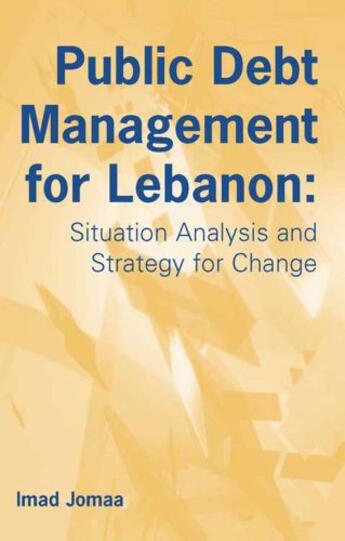-
Nombre de pages : (-)
-
Collection :
(-)
-
Genre :
(-)
-
Thème :
Non attribué
-
Prix littéraire(s) :
(-)
Résumé:
Prior to 1975, the Lebanese economy was one of the most dynamic in the Middle East. This, however, came to an end with the beginning of the Civil War (1975-1990), which exacted a heavy toll in both human and material terms, and resulted in fundamental changes in the economy. After the... Voir plus
Prior to 1975, the Lebanese economy was one of the most dynamic in the Middle East. This, however, came to an end with the beginning of the Civil War (1975-1990), which exacted a heavy toll in both human and material terms, and resulted in fundamental changes in the economy. After the 15-year-long conflict, Lebanon faced formidable economic challenges in the context of severe fiscal imbalances and a particularly difficult external environment. The government deficit and real interest rates have been extremely high; the public debt ratio has risen sharply to unsustainable levels, and real GDP growth has slowed. Given the debt cost and debt level dynamics that had transpired, the debt management capabilities of the government took longer than expected to develop to acceptable standards. In the meantime, spending beyond the available means continued unabated. "Public Debt Management for Lebanon: Situation Analysis and Strategy for Change" questions the sustainability of Lebanon's public debt and asks some highly important questions. Is Lebanon on the right path of sound debt management strategy or is a crisis ultimately inevitable? What is the most effective debt management strategy? What is the relation of the debt service to debt, and at what rate does it increase the debt level? Who is benefitting from the high rates on the debt service? And, most importantly of all, how can the public debt be reduced?
Donner votre avis














